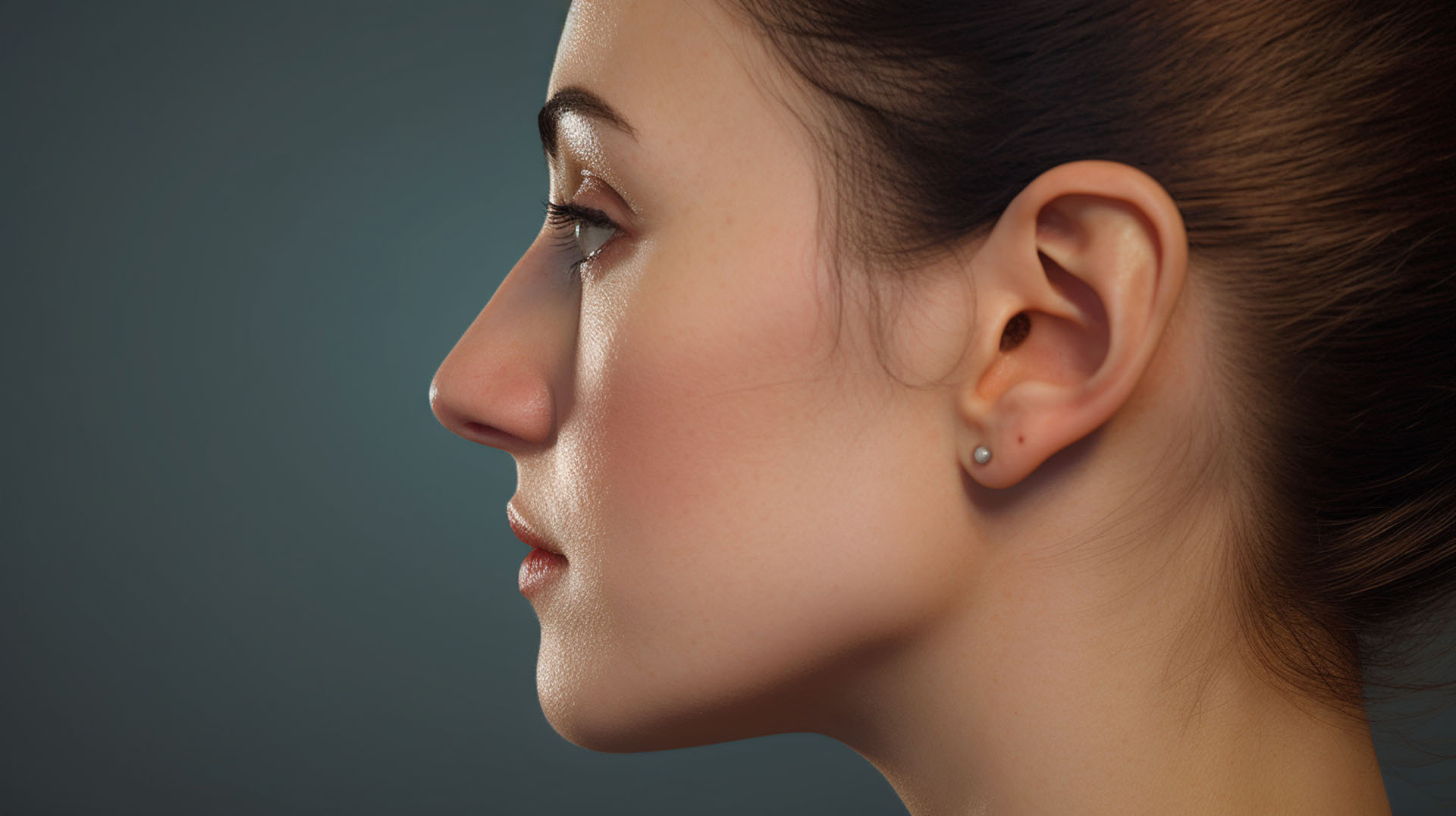Rhinoplasty is more than just a cosmetic procedure; it is a precise blend of art and science aimed at enhancing facial harmony while improving nasal function. Patients seeking Rhinoplasty in Islamabad often want to understand how surgeons can transform the shape of the nose while maintaining natural appearance and functionality. In this article, we delve into the scientific principles behind rhinoplasty and how modern surgical techniques allow for safe, effective, and aesthetically pleasing results.
Understanding Nasal Anatomy
To appreciate the complexity of rhinoplasty, it’s important to understand nasal anatomy. The nose consists of three main components:
- Bone Structure: The upper third of the nose is primarily made of bone, which determines the nasal bridge’s height and shape.
- Cartilage: The lower two-thirds consist of cartilage that shapes the tip, nostrils, and nasal septum.
- Soft Tissue and Skin: Skin thickness, elasticity, and underlying soft tissue affect how the nose appears after surgery.
The interplay of these structures is critical for both function and aesthetics. Surgeons must carefully manipulate bone, cartilage, and soft tissue to achieve the desired outcome without compromising breathing.
The Role of Aesthetics in Rhinoplasty
Rhinoplasty is not merely about changing the size of the nose; it is about achieving facial balance. Surgeons consider multiple factors:
- Facial Proportions: The nose should harmonize with the forehead, eyes, lips, and chin.
- Symmetry: Small asymmetries can affect overall facial balance.
- Angle and Projection: The nasolabial angle (between the nose and upper lip) and nasal projection are key aesthetic considerations.
- Cultural and Ethnic Factors: Surgeons tailor procedures to preserve natural features while enhancing facial aesthetics.
By analyzing these parameters, surgeons can plan precise adjustments to achieve a natural, attractive appearance.
Pre-Surgical Planning and Imaging
Modern rhinoplasty relies heavily on meticulous pre-surgical planning. Surgeons use advanced imaging and computer modeling to simulate post-operative results. This allows patients to visualize changes and ensures the surgical plan aligns with their goals. Key steps include:
- 3D Imaging: Creates a virtual model of the patient’s face and nose.
- Analysis of Nasal Function: Evaluates airflow, septum alignment, and structural integrity.
- Customized Surgical Plan: Determines which areas require bone or cartilage reshaping, tip refinement, or nostril adjustment.
Pre-surgical planning is essential for minimizing risks and achieving predictable, symmetrical outcomes.
Surgical Techniques in Rhinoplasty
Rhinoplasty techniques vary based on the patient’s needs and desired results. The two primary approaches are:
1. Open Rhinoplasty
Open rhinoplasty involves a small incision on the columella (the tissue between the nostrils), allowing the surgeon full visibility of the nasal structure. This technique is particularly useful for complex cases, revision surgeries, or significant tip reshaping. Advantages include:
- Greater precision for tip modification
- Easier access to cartilage and septum
- Better correction of asymmetries
2. Closed Rhinoplasty
Closed rhinoplasty involves incisions entirely within the nostrils, leaving no visible scars. It is ideal for minor adjustments and has the benefit of shorter recovery times. However, it offers less visibility for extensive structural changes.
3. Functional Rhinoplasty
Functional rhinoplasty focuses on improving breathing by correcting structural issues such as deviated septum, collapsed nasal valves, or enlarged turbinates. Many patients undergo combined functional and cosmetic procedures, known as septorhinoplasty.
4. Non-Surgical Rhinoplasty
Non-surgical rhinoplasty uses dermal fillers to correct minor bumps or asymmetries. While less invasive and with minimal downtime, results are temporary and best suited for subtle changes.
The Science of Bone and Cartilage Manipulation
Reshaping the nose involves precise manipulation of bone and cartilage:
- Osteotomy: Surgeons carefully cut and reposition nasal bones to refine the nasal bridge.
- Cartilage Grafting: Cartilage from the septum, ear, or rib may be used to enhance tip projection, support the bridge, or correct structural deficiencies.
- Tip Refinement: Techniques include trimming, suturing, and repositioning cartilage to achieve a defined nasal tip.
These methods rely on a deep understanding of nasal biomechanics, ensuring that the nose maintains strength and functionality after surgery.
Healing and Tissue Remodeling
Post-surgical healing is a critical aspect of rhinoplasty. The nose undergoes a gradual remodeling process:
- Initial Swelling: Peaks within the first 48–72 hours and subsides over 2–3 weeks.
- Scar Tissue Formation: Internal scars stabilize the nasal structure over several months.
- Final Contour: Subtle changes continue up to 12 months as tissues settle and swelling fully resolves.
Patient adherence to post-operative care guidelines, including avoiding trauma and following follow-up schedules, is essential for optimal outcomes.
Risks and Safety Measures
Rhinoplasty, like any surgery, carries risks. Common complications include:
- Swelling and bruising
- Temporary numbness
- Minor asymmetry
- Infection (rare)
Choosing a board-certified surgeon with extensive rhinoplasty experience in Islamabad significantly reduces these risks. Advanced techniques, sterile operating conditions, and careful post-operative monitoring enhance safety and results.
Innovations in Rhinoplasty
Modern rhinoplasty integrates science, technology, and artistry. Innovations include:
- 3D Simulation and Planning: Enables accurate visualization of surgical outcomes.
- Minimally Invasive Techniques: Reduce recovery time and improve precision.
- Computer-Assisted Surgery: Guides surgeons in complex structural adjustments.
- Enhanced Grafting Materials: Improve durability and natural-looking results.
These advancements allow patients to achieve aesthetic goals while maintaining nasal functionality.
Conclusion
Rhinoplasty is a sophisticated procedure grounded in both science and artistry. From understanding nasal anatomy to precise surgical planning, bone and cartilage manipulation, and careful post-operative care, every step is crucial for achieving natural and functional results. Patients seeking Rhinoplasty in Islamabad can benefit from modern surgical techniques that prioritize safety, precision, and aesthetics.






